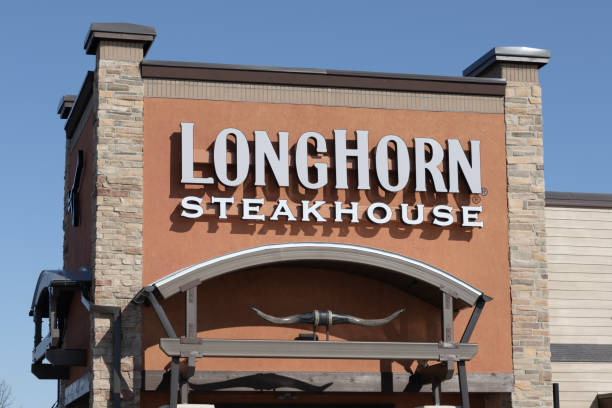Restaurant sales showed the most positive results as sales leapt 1.8%.
The numbers: Retail sales in the U.S. surged 1.4% in March — the biggest increase in more than two years — as shoppers sought to buy big-ticket items such as cars before Trump administration tariffs could raise prices.
The rise in sales surpassed Wall Street expectations, but it doesn’t mean the U.S. economy is trouble-free. The trade wars threaten to boost prices, fuel inflation and slow the economy in the months ahead if they persist.
All the tariff “front-running” — when customers buy earlier than planned — could also lead to weaker sales later on, economists say.
If autos and gas are omitted, U.S. retail sales rose a sharp 0.8% in March, the government said Wednesday.
Retail sales represent about one-third of all consumer spending and offer clues on the health of the economy. Economists polled by The Wall Street Journal had forecast a 1.2% increase in March.
Key details: Sales of cars and trucks jumped 5.7% in March, as auto dealers reported the most new cars sold since 2021. Businesses with rental fleets increased their purchases.
Automobile sales account for one-fifth of all retail sales.
Sales at gas stations dropped 2.5%, largely because of lower prices at the pump — a good thing for U.S. households.
Most other retailers reported higher sales, though the increase in the large online segment was just a scant 0.1%.
Perhaps the most critical category, restaurant sales, showed the most positive results for the economy. Sales leapt 1.8%, helped by warmer weather, and rebounded from a soft patch in the first two months of the year.
People tend to buy more prepared food when they are confident in the economy. They eat out less when they are anxious or worried about the economy.
So far, the trade wars haven’t caused consumers to cut back on dining out.
Big picture: The first signs of stress from the trade wars are likely to show up in consumer spending — and retailers are at the forefront. Many sell imported goods from China and other parts of the world that are popular with consumers, such as TVs, computers, cellphones, clothes and footwear.
Economists say the future of the economy will remain cloudy until the trade wars are resolved. Some Wall Street firms and top Federal Reserve officials have already ratcheted down their growth forecast for 2025.
Looking ahead: “Retailers likely further benefited from shoppers trying to get ahead of the higher prices promised by tariffs,” said Elizabeth Renter, senior economist at NerdWallet. “As we move through the year and assuming new tariffs remain in place, demand for retail goods is likely to cool as higher prices are passed along to consumers.”
Articles on The Cattle Range are published because of interesting content but don't necessarily reflect the views of The Cattle Range.












